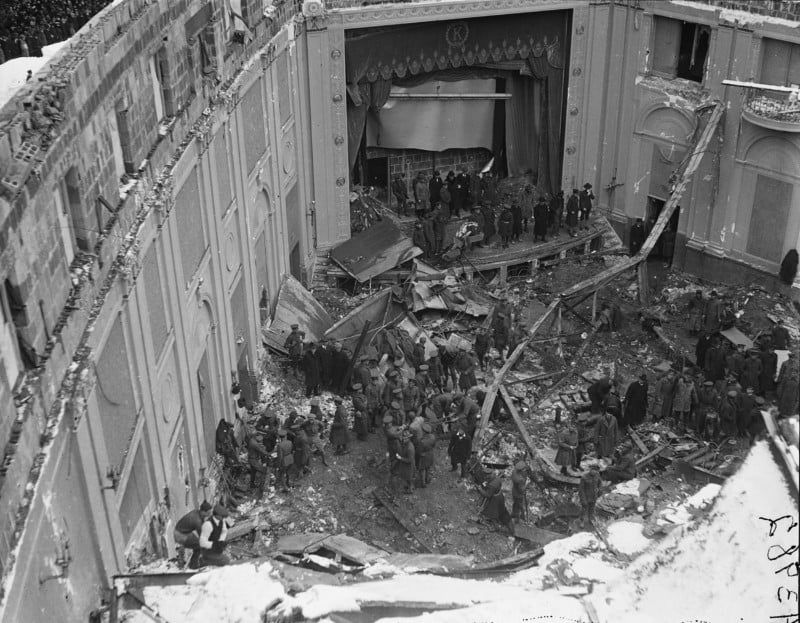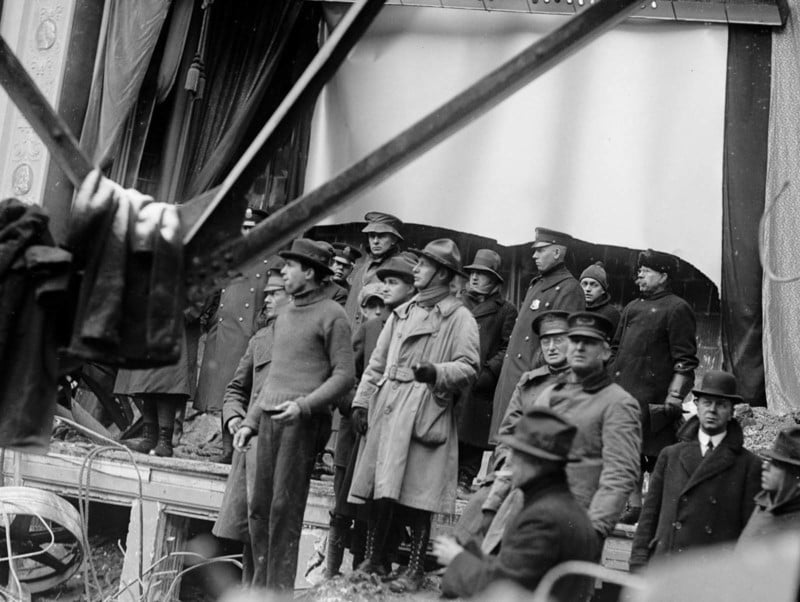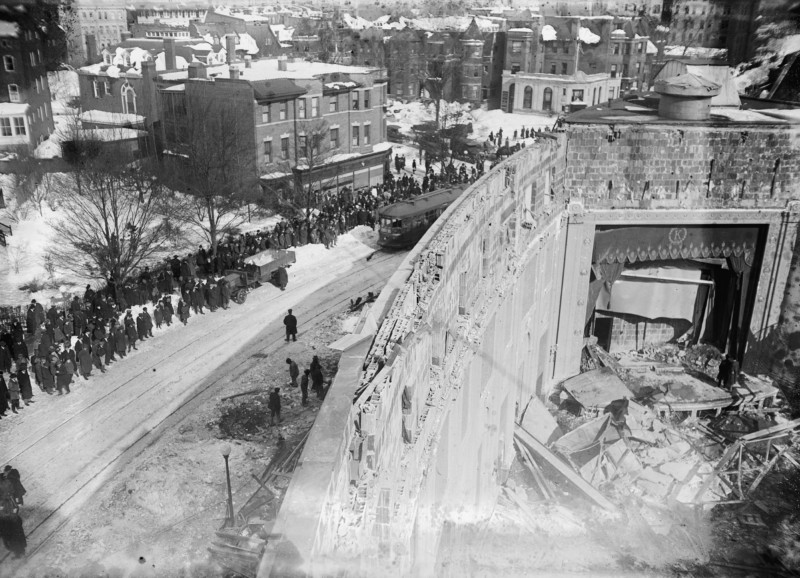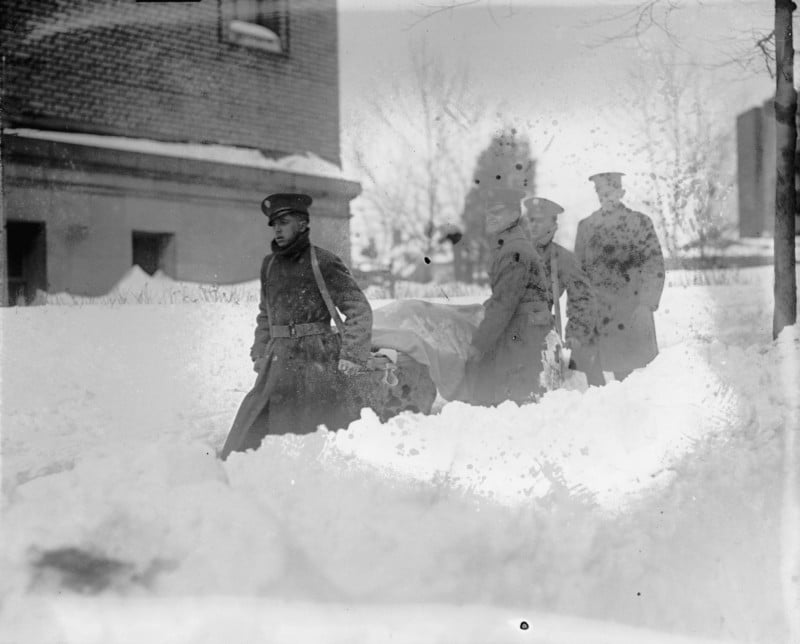The Deadly Snowstorm of ’22: Historic Photos of Blizzard from 100 Years Ago
![]()
2022 has brought a deadly snowstorm across parts of North America, leaving at least 62 dead. 100 years ago, in 1922, another terrible blizzard ravaged the United States.
These amazing photos, part of the Library of Congress’s collection, depict what became known as the Knickerbocker storm. They show some people enjoying the intense snowfall, but they also show the tragedy that the freak weather brought.
![]()
![]()
![]()
The Knickerbocker storm hit the United States in late January 1922. It is so called because the force of the storm caused the Knickerbocker Theatre in Washington, D.C. to collapse.


The theater was the largest movie house in Washington, having been built just five years earlier in 1917. However, it had been built with a flat roof allowing the snow to collect on it.
On January 28, the silent movie Get-Rich-Quick Wallingford was showing, and during the intermission, the heavy, wet snow split the roof down the middle. 98 people died with a further 133 injured.
Hundreds of soldiers assisted in recovering victims from the rubble. A violinist in the orchestra was crushed and her arm had to be amputated. The theater’s architect, Reginald Geare, committed suicide 10 years later.


The storm also affected Baltimore, Richmond, and Philadelphia. According to Wikipedia, an estimated 22,400 square miles of the northeast United States were affected by 20 inches of snow from the cyclone. Parts of North Carolina received one foot of snow.
![]()
![]()
Caught on Film
The photos themselves are likely to have been taken on cameras such as the Kodak Vest Pocket Camera or the Kodak No.2 Folding Autographic Brownie camera.
Both were folding cameras that contained bellows which extended out. Some of these cameras had an autographic feature, which consisted of a small trap door in the back of the camera that could be opened so the photographer could scratch details about the picture with a supplied metal stylus.
Some photos came from the Harris & Ewing photography studio, based in Washington. News photographers would have swarmed to the Knickerbocker Theatre as the disaster is regarded as one of the worst in the city’s history.
Image credits: All photos courtesy of the Library of Congress.